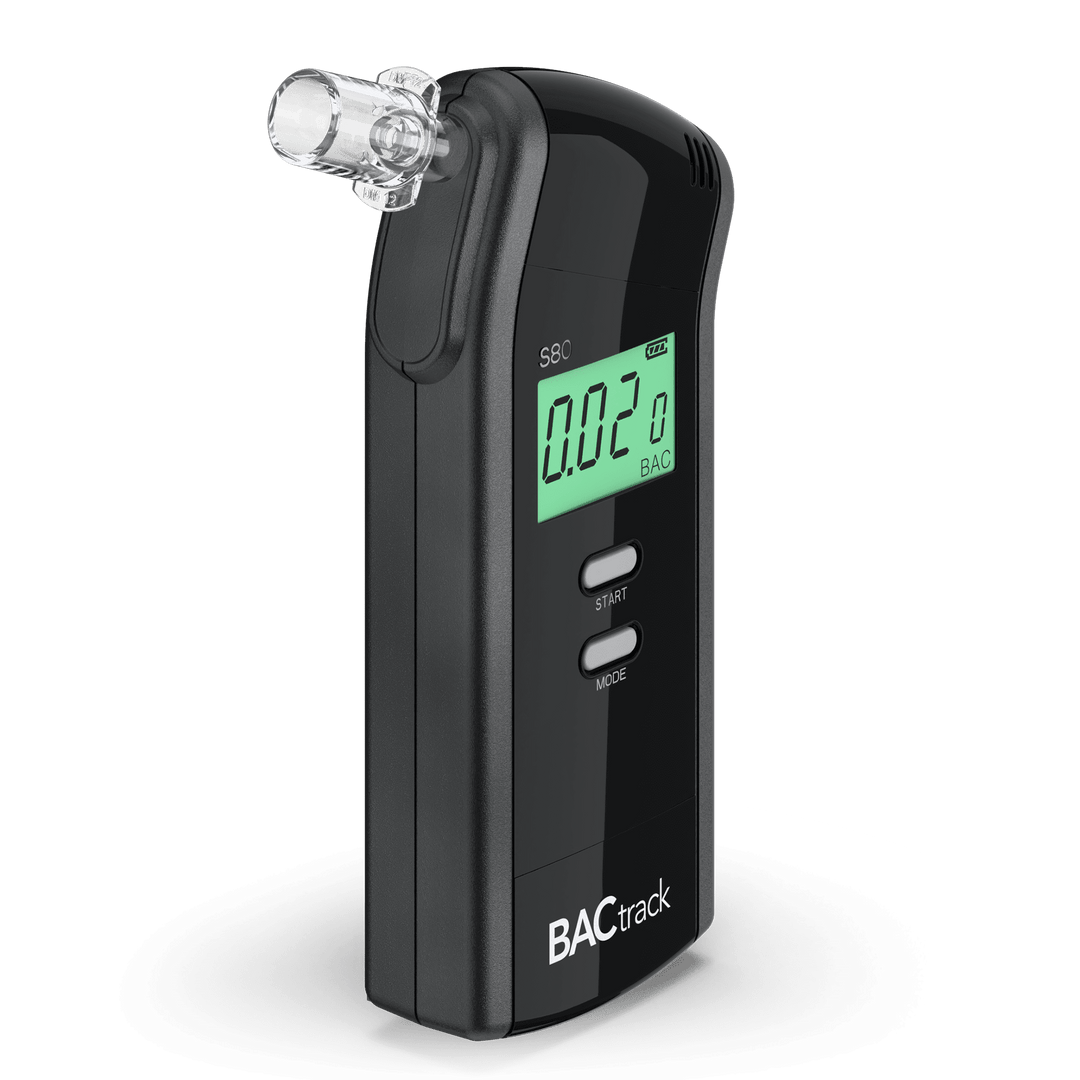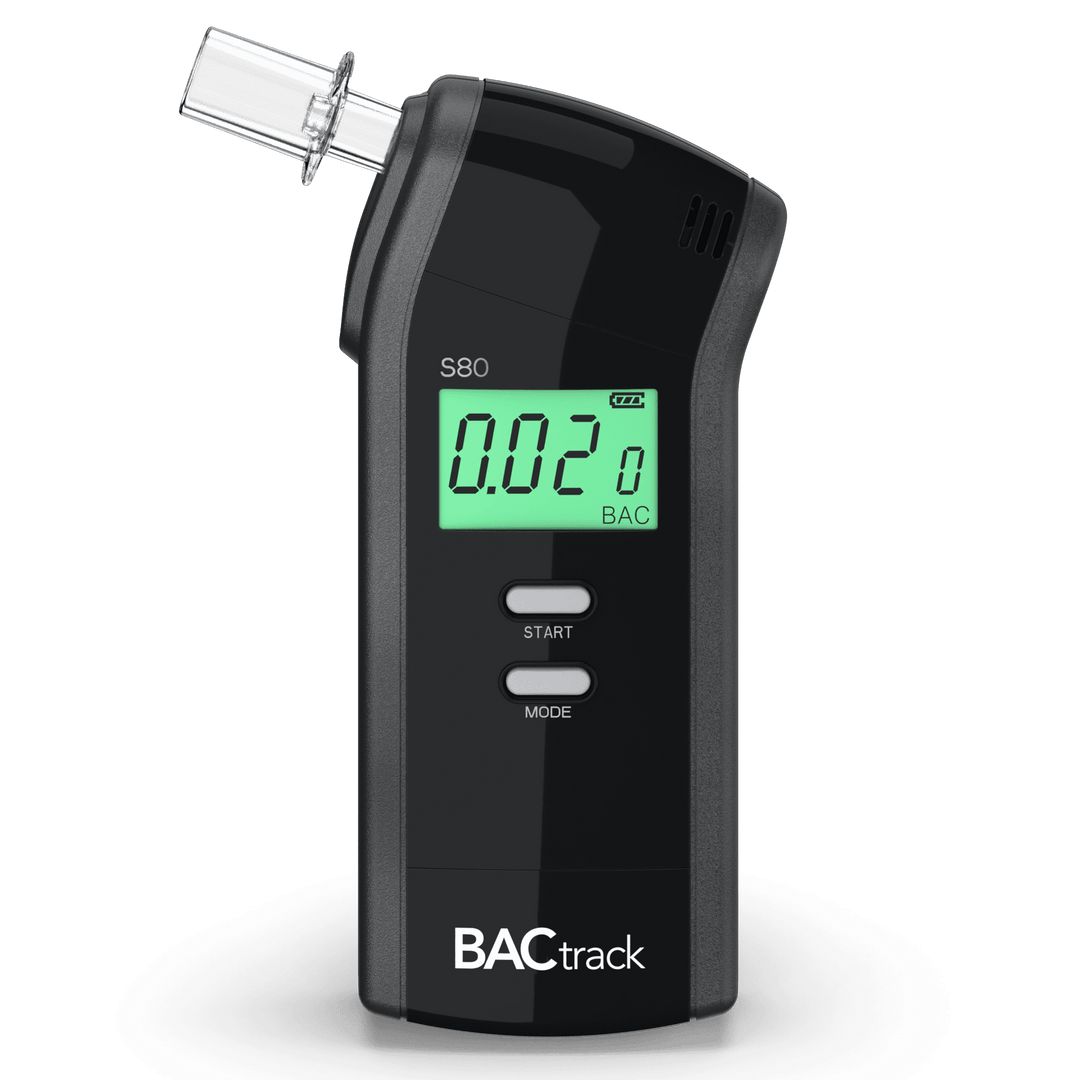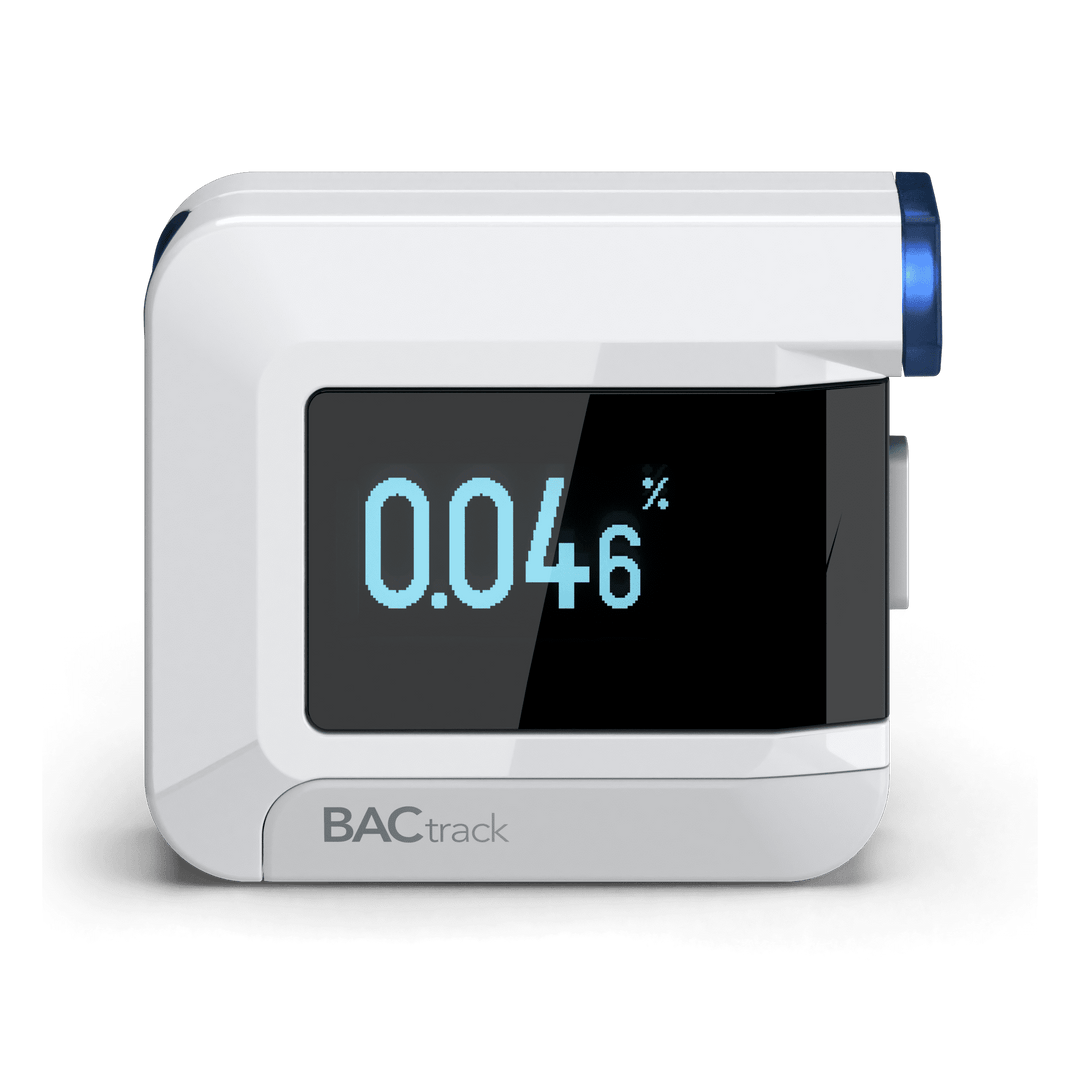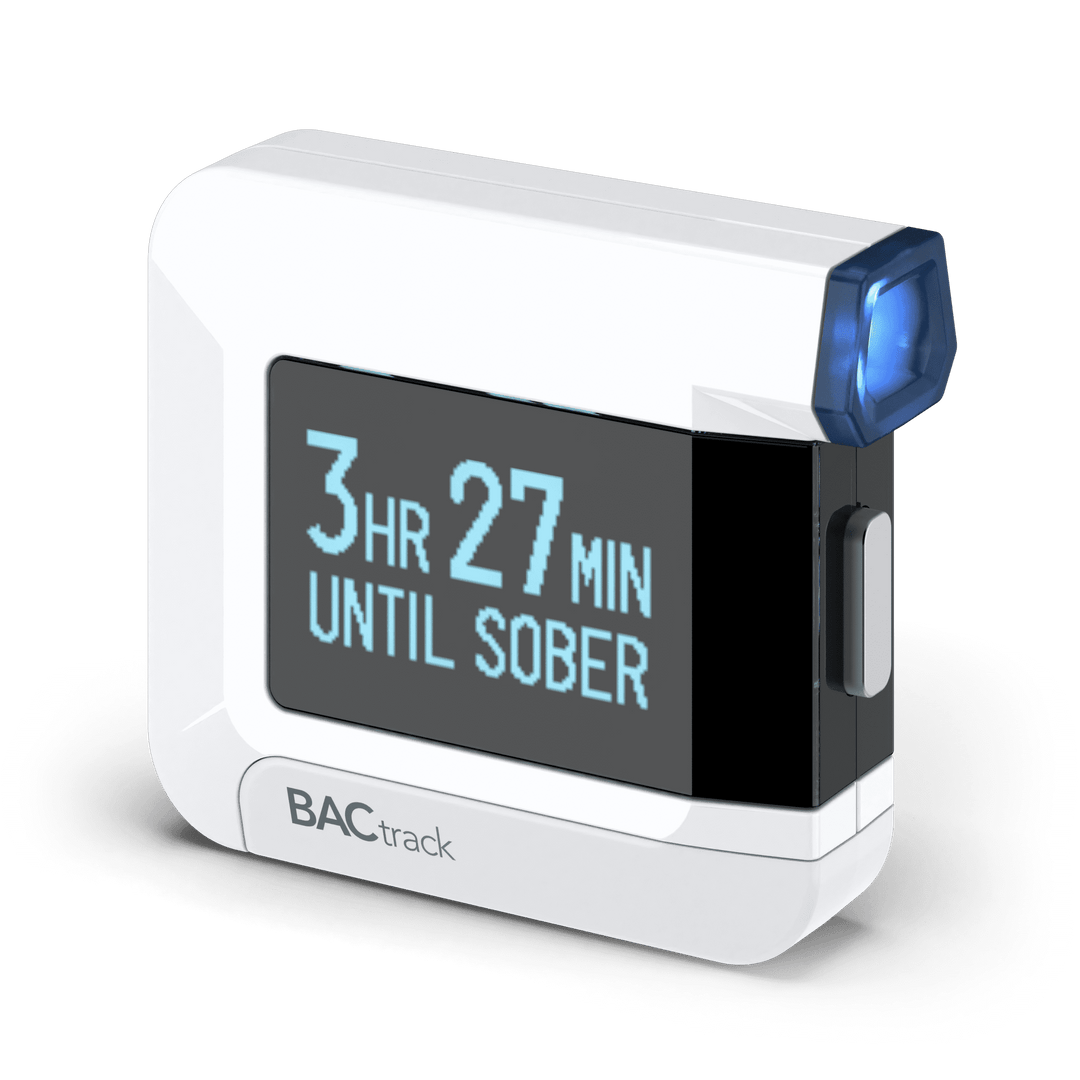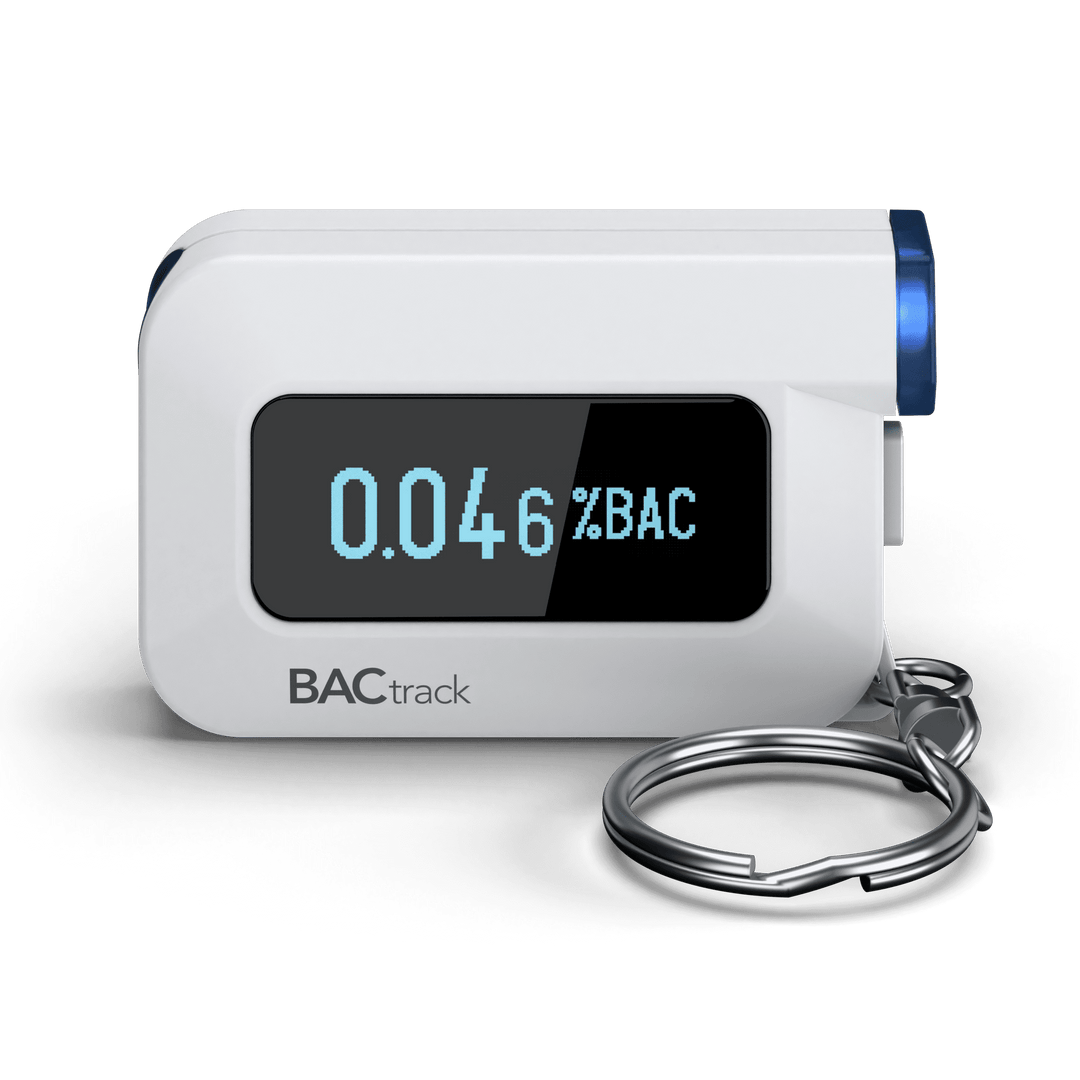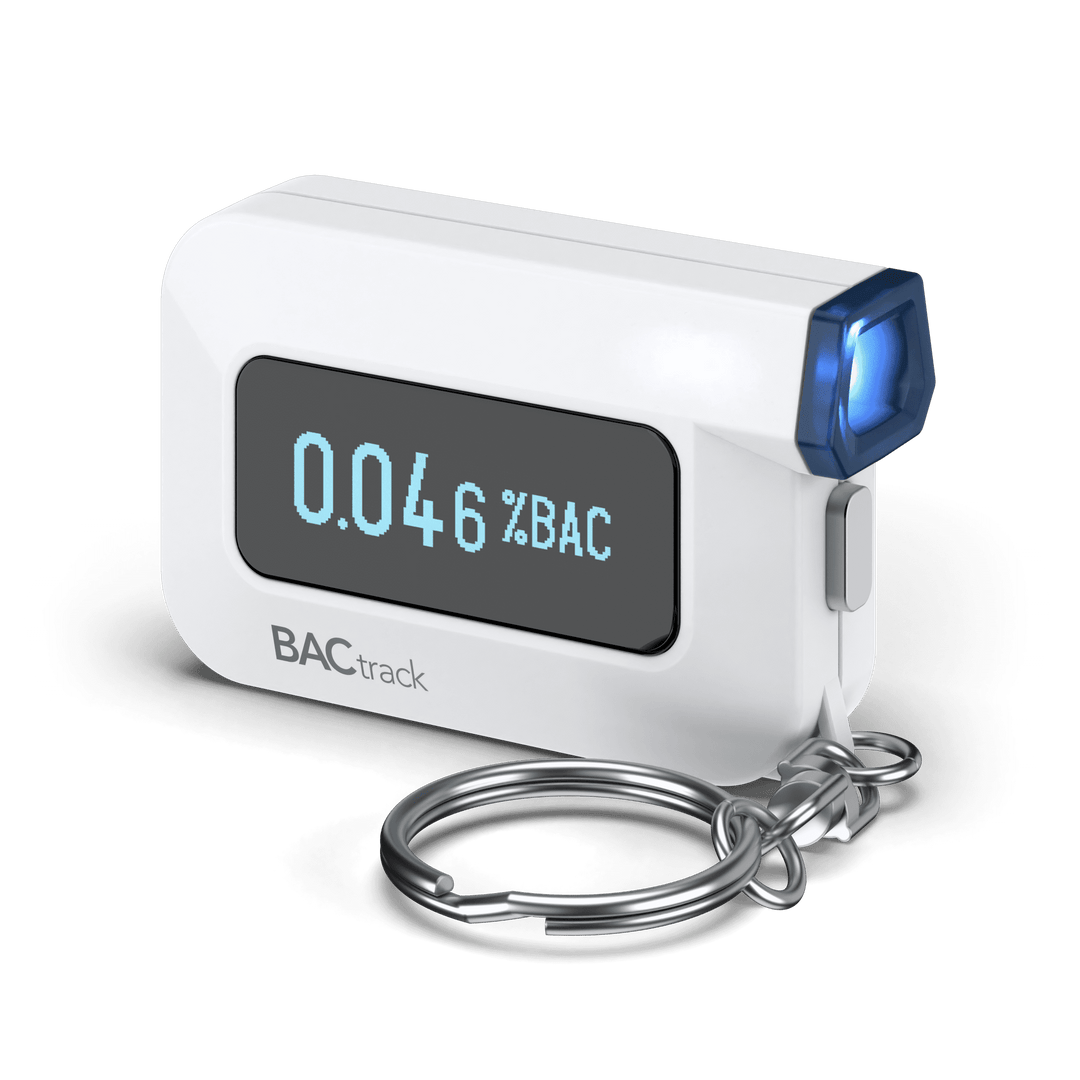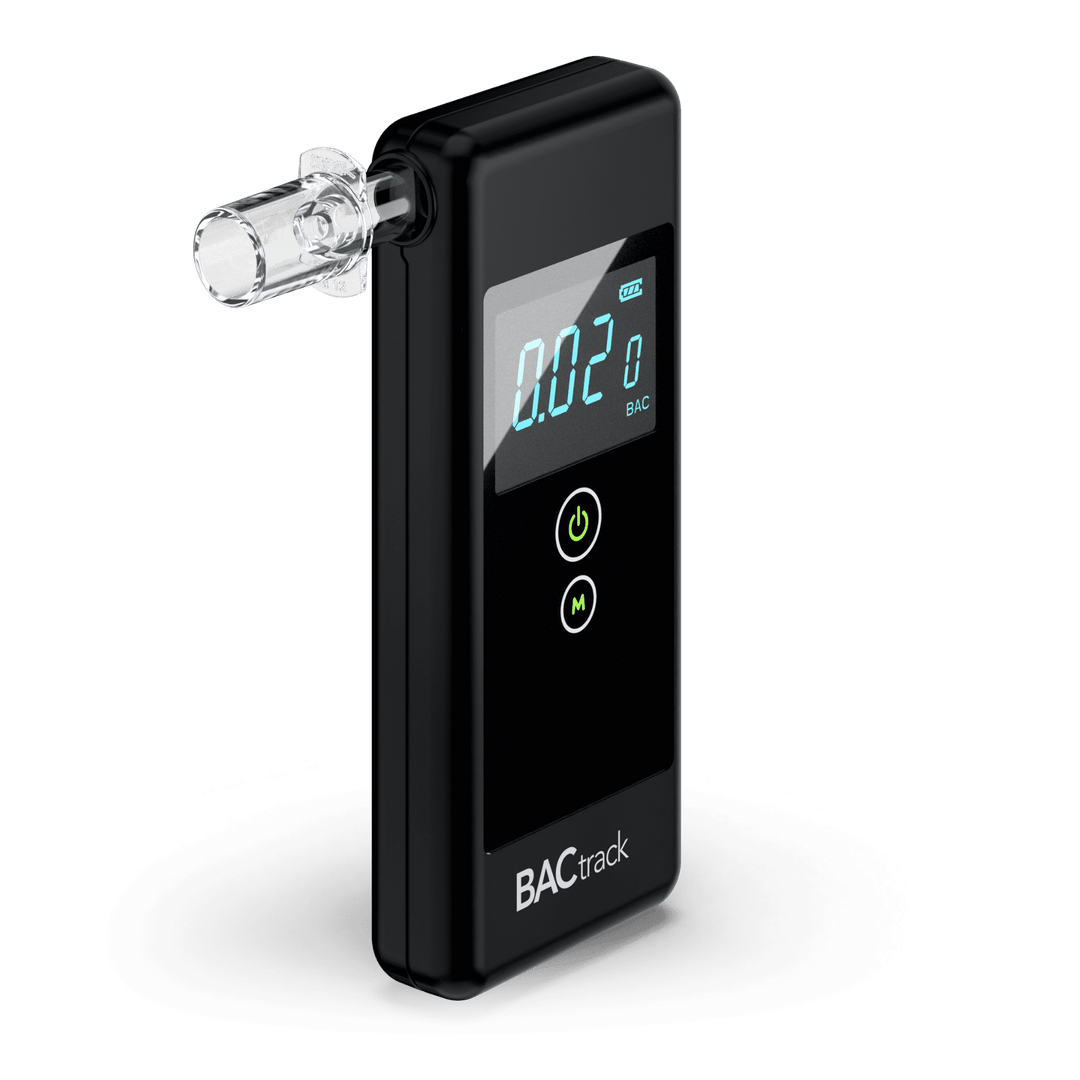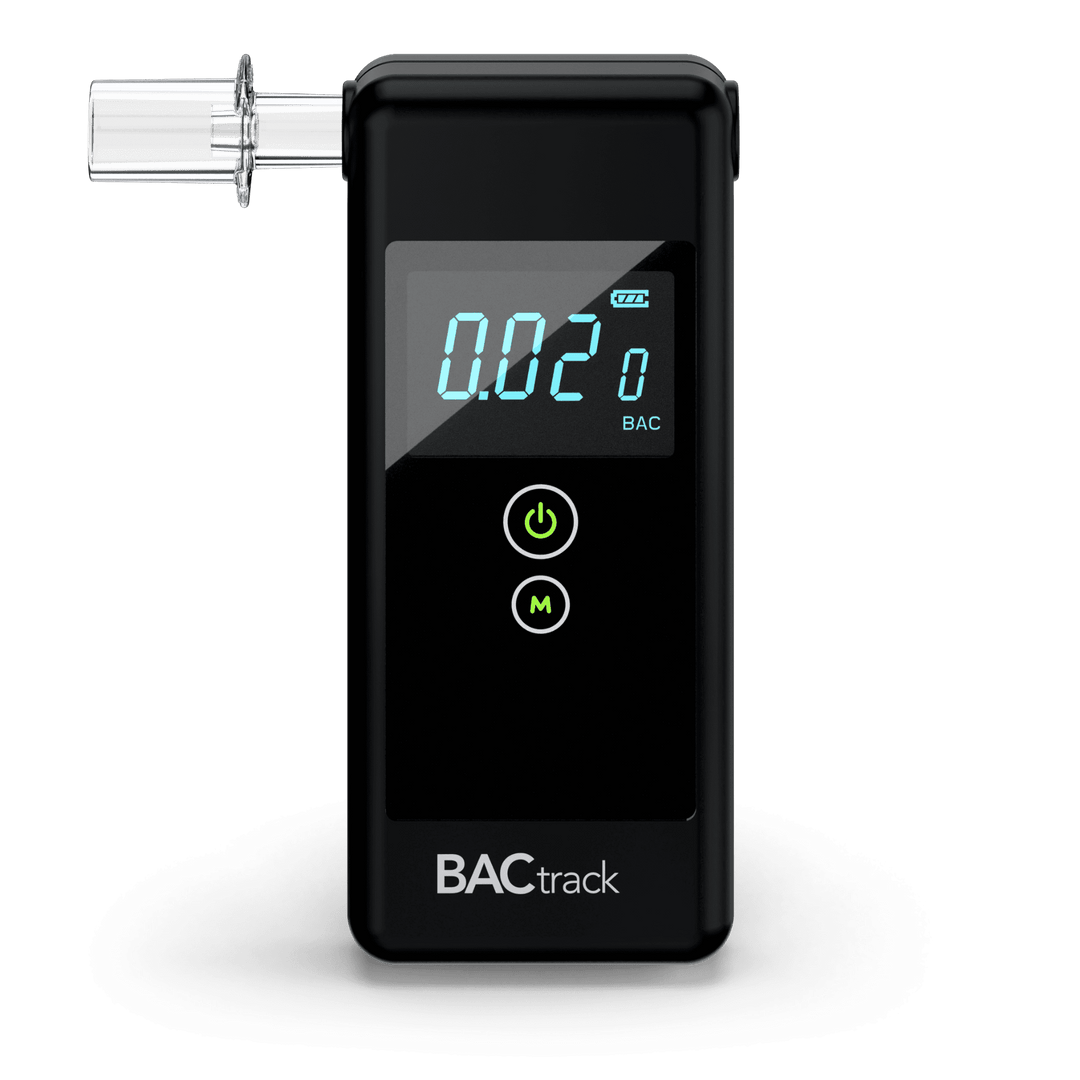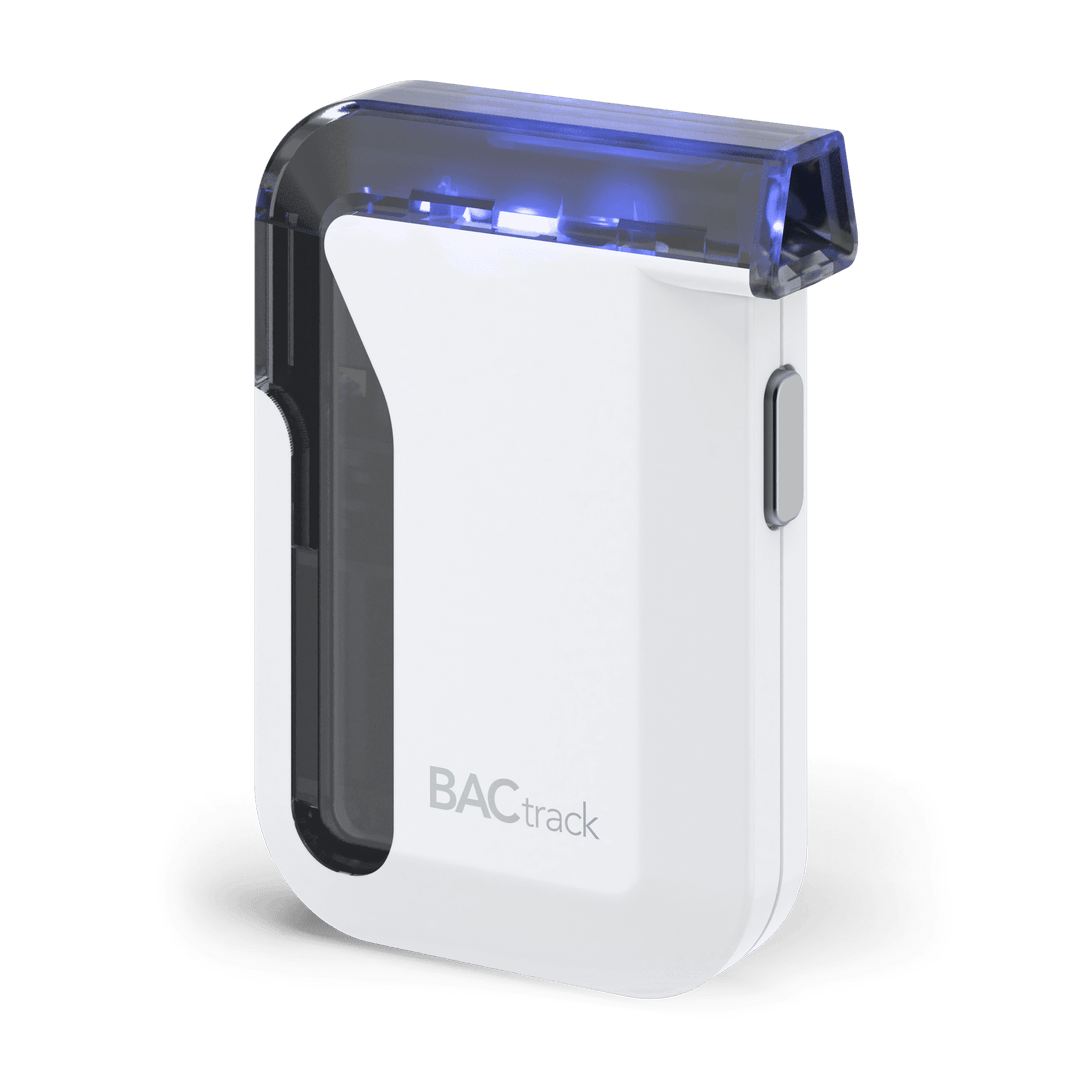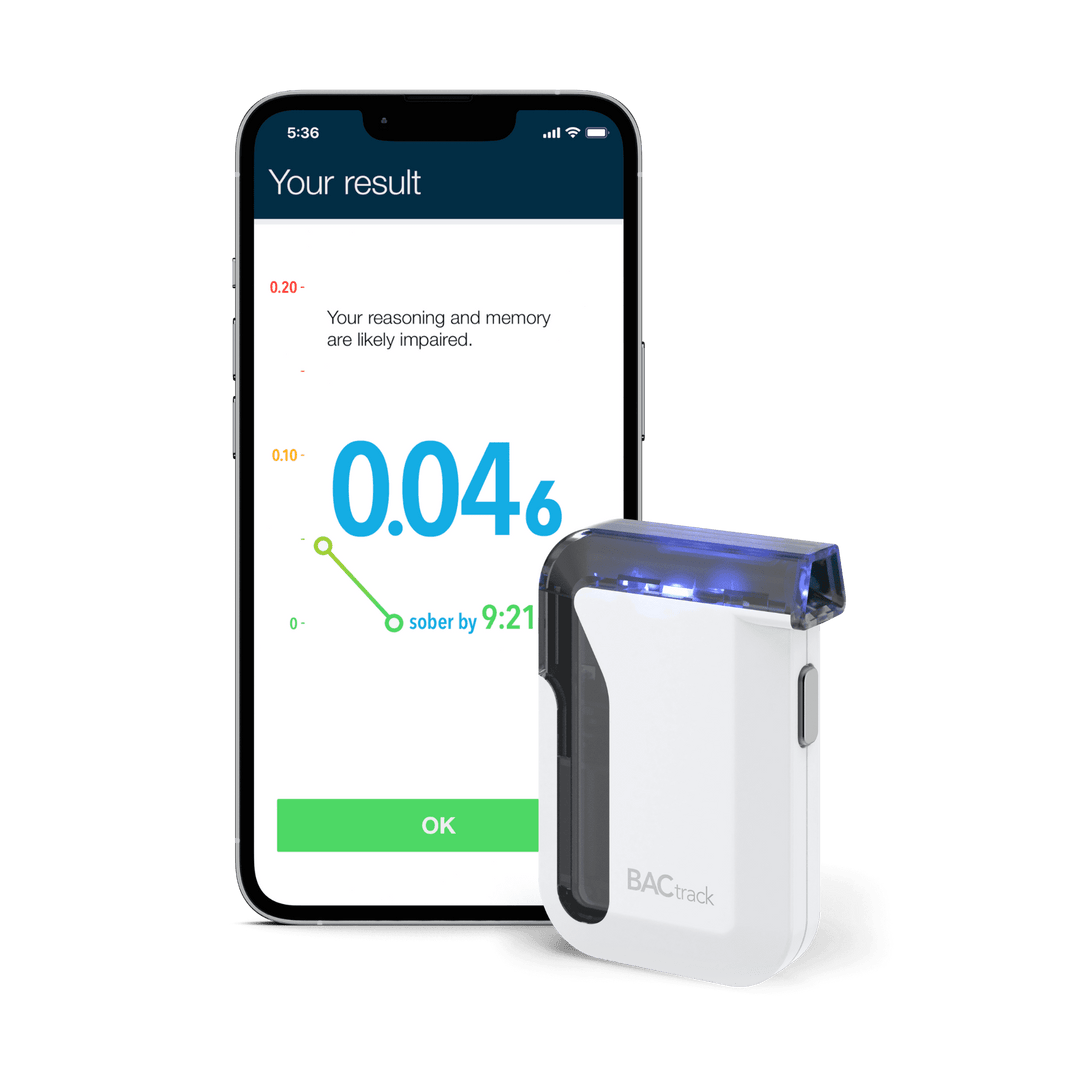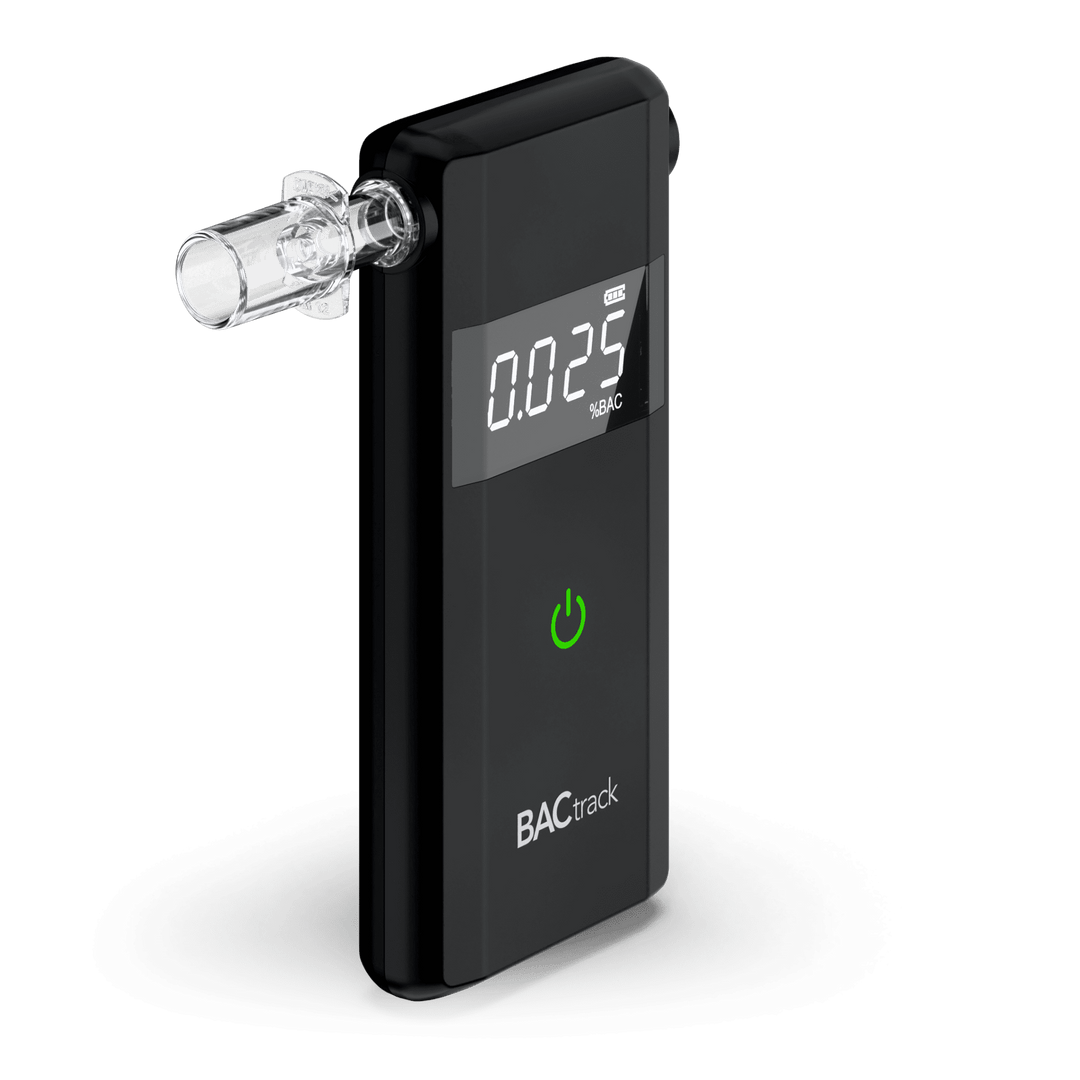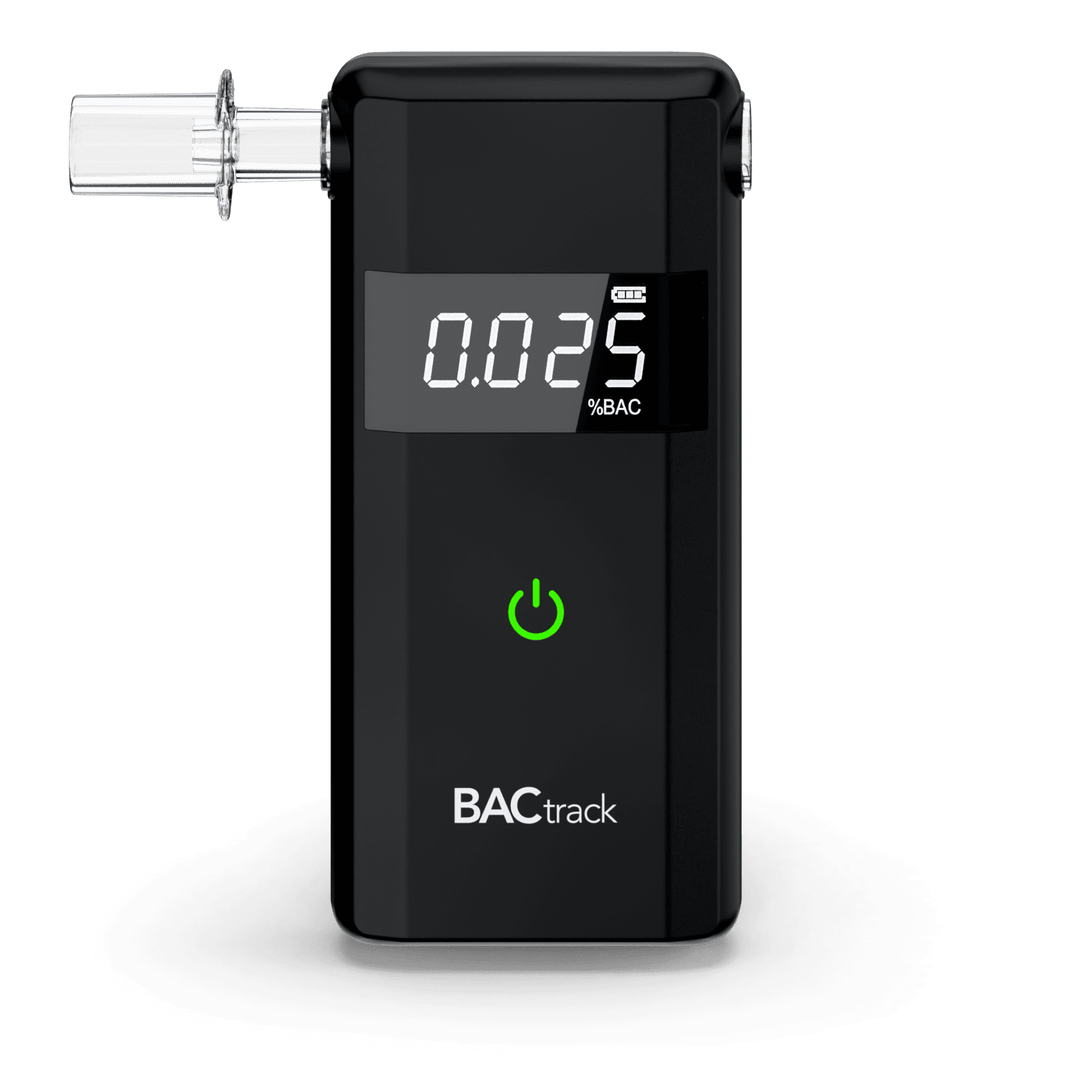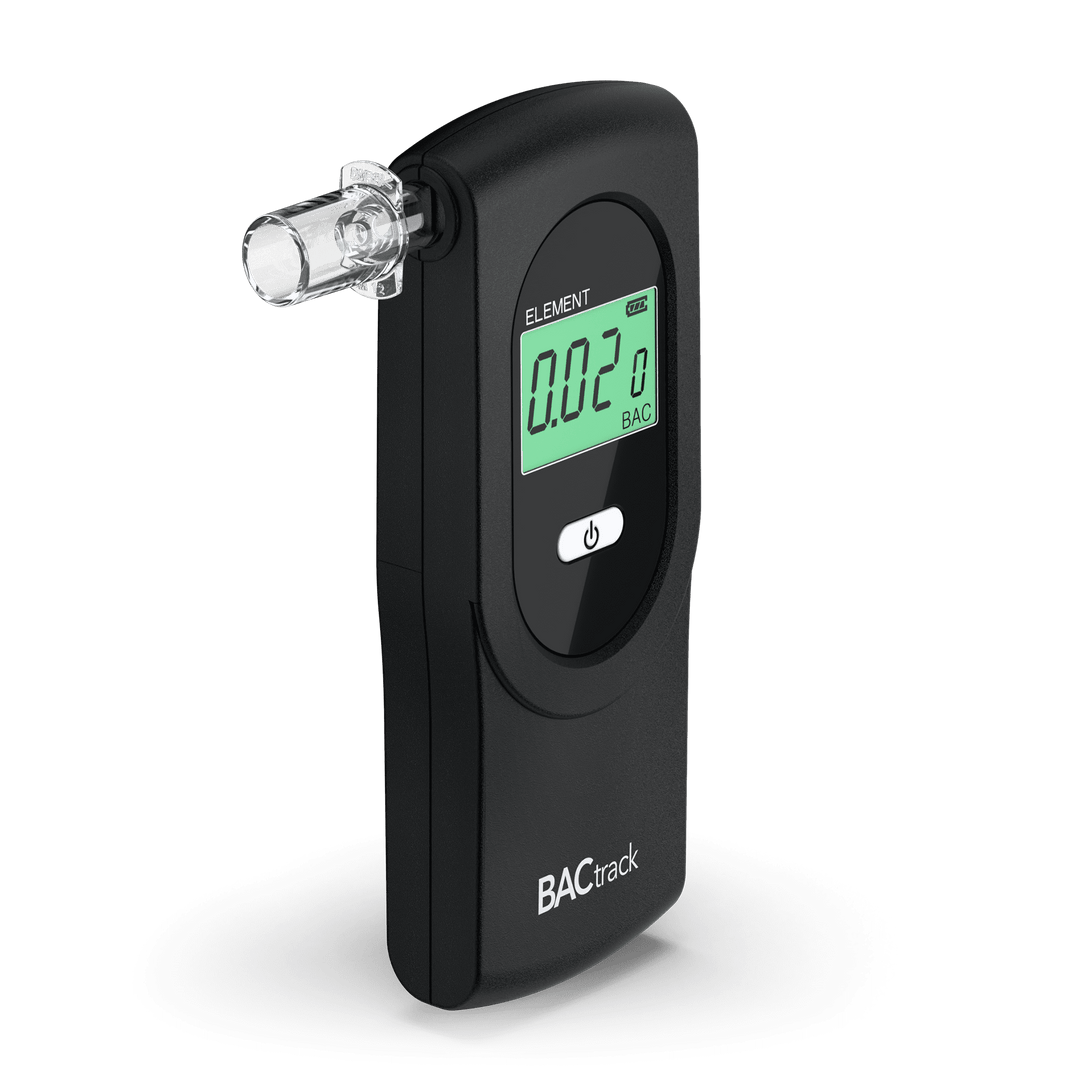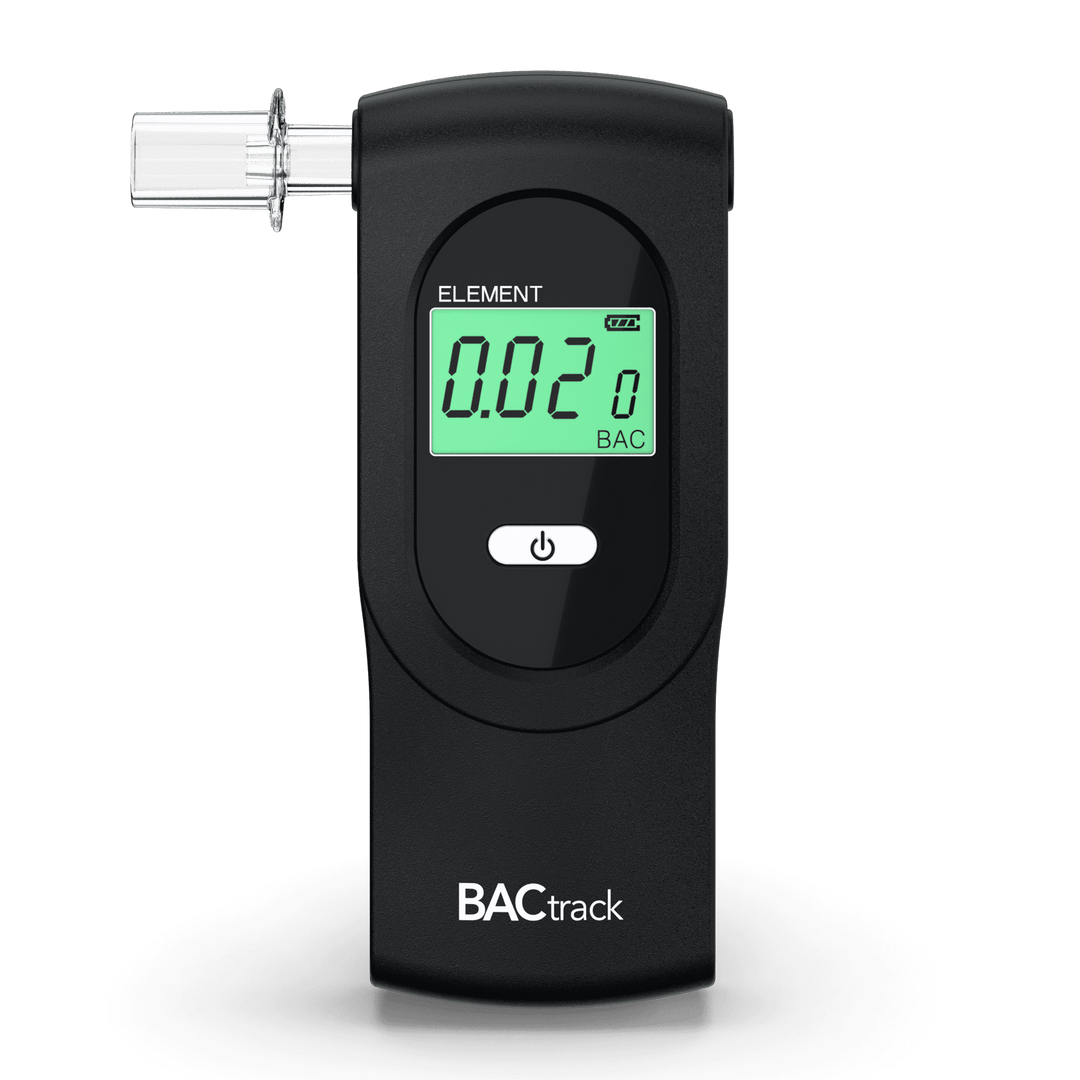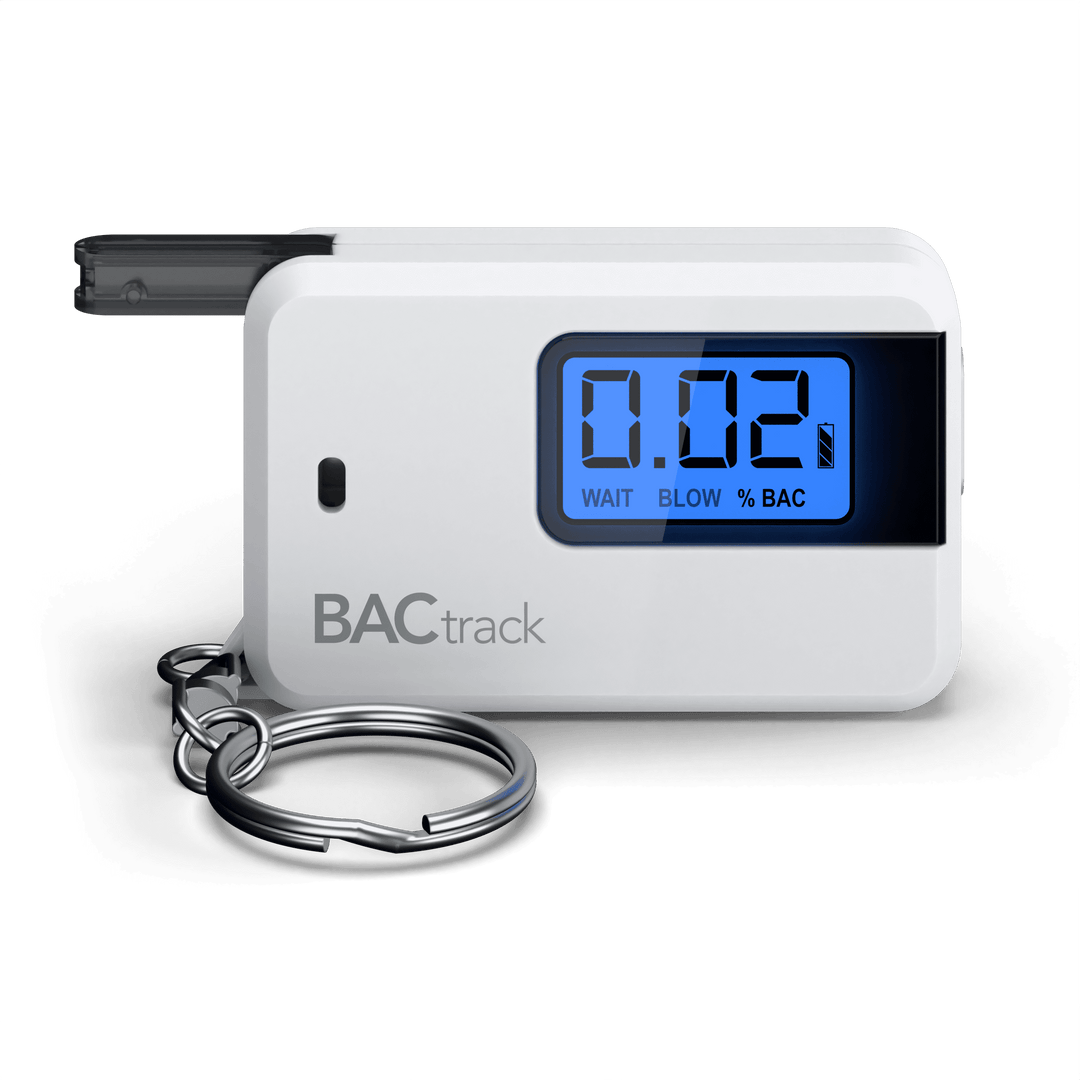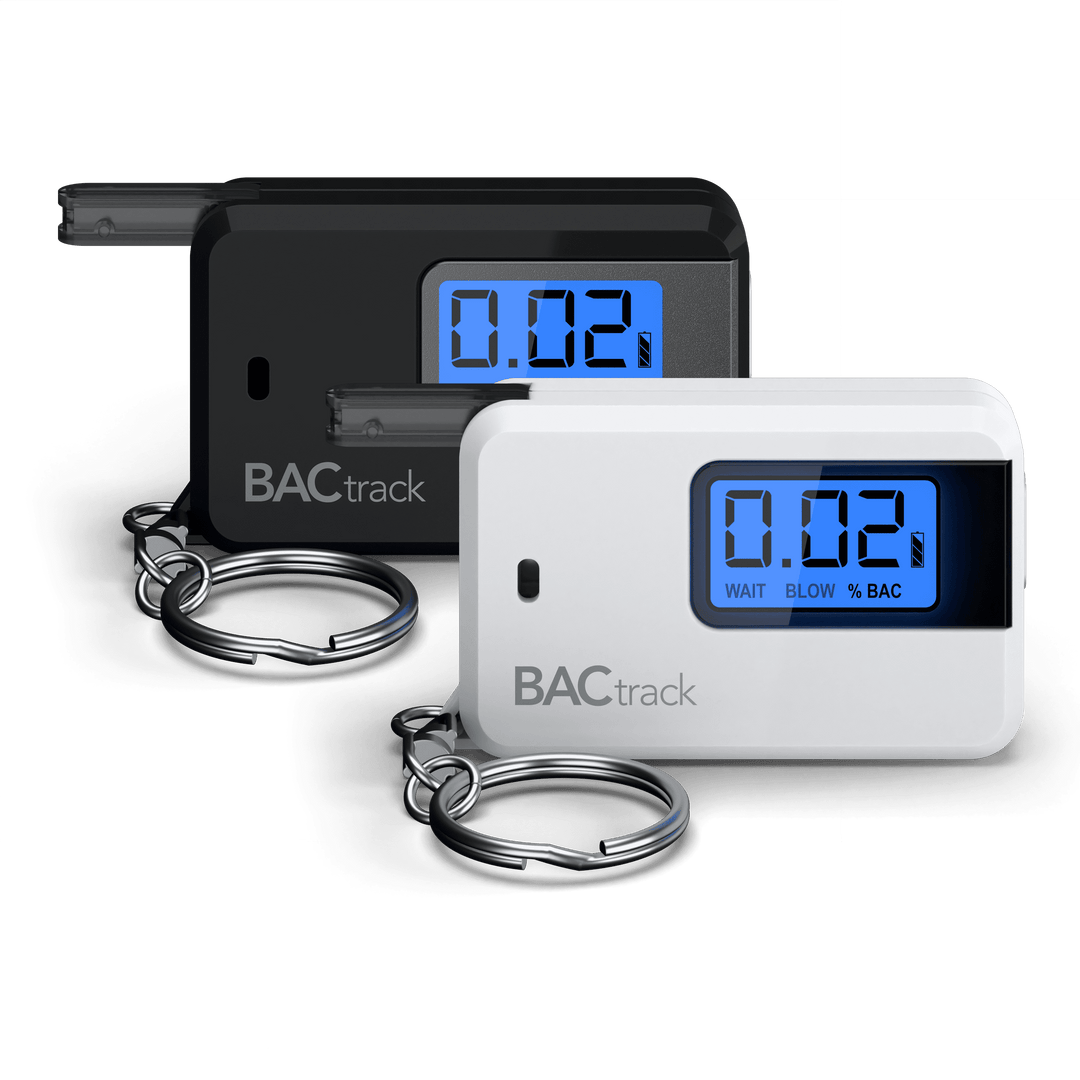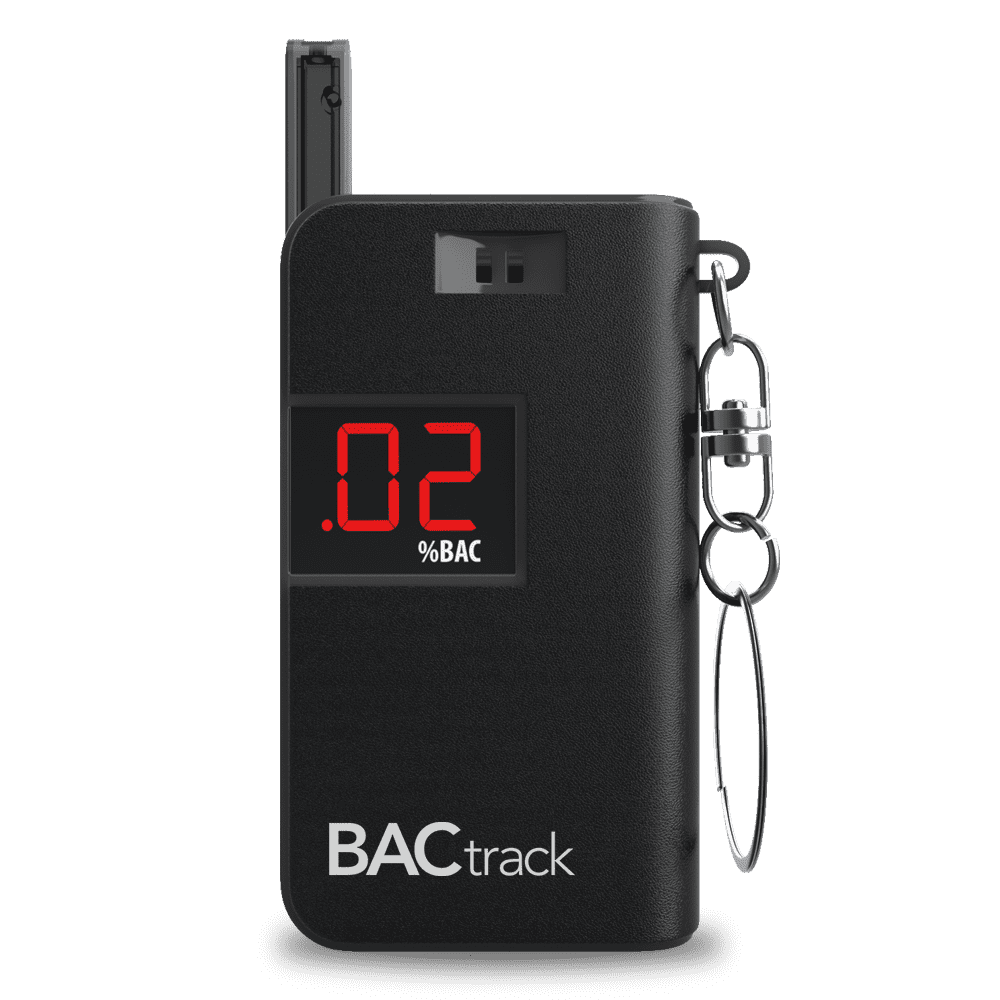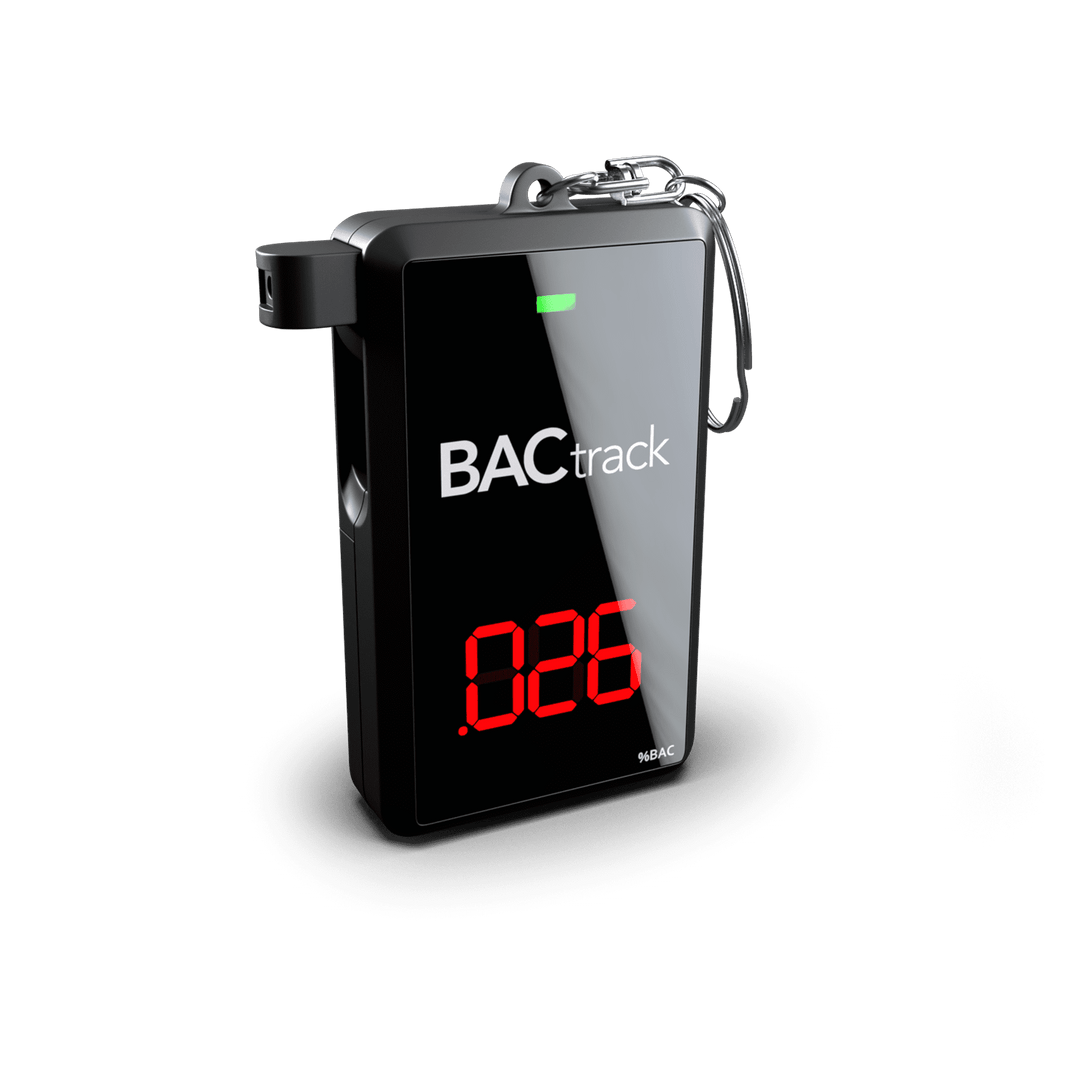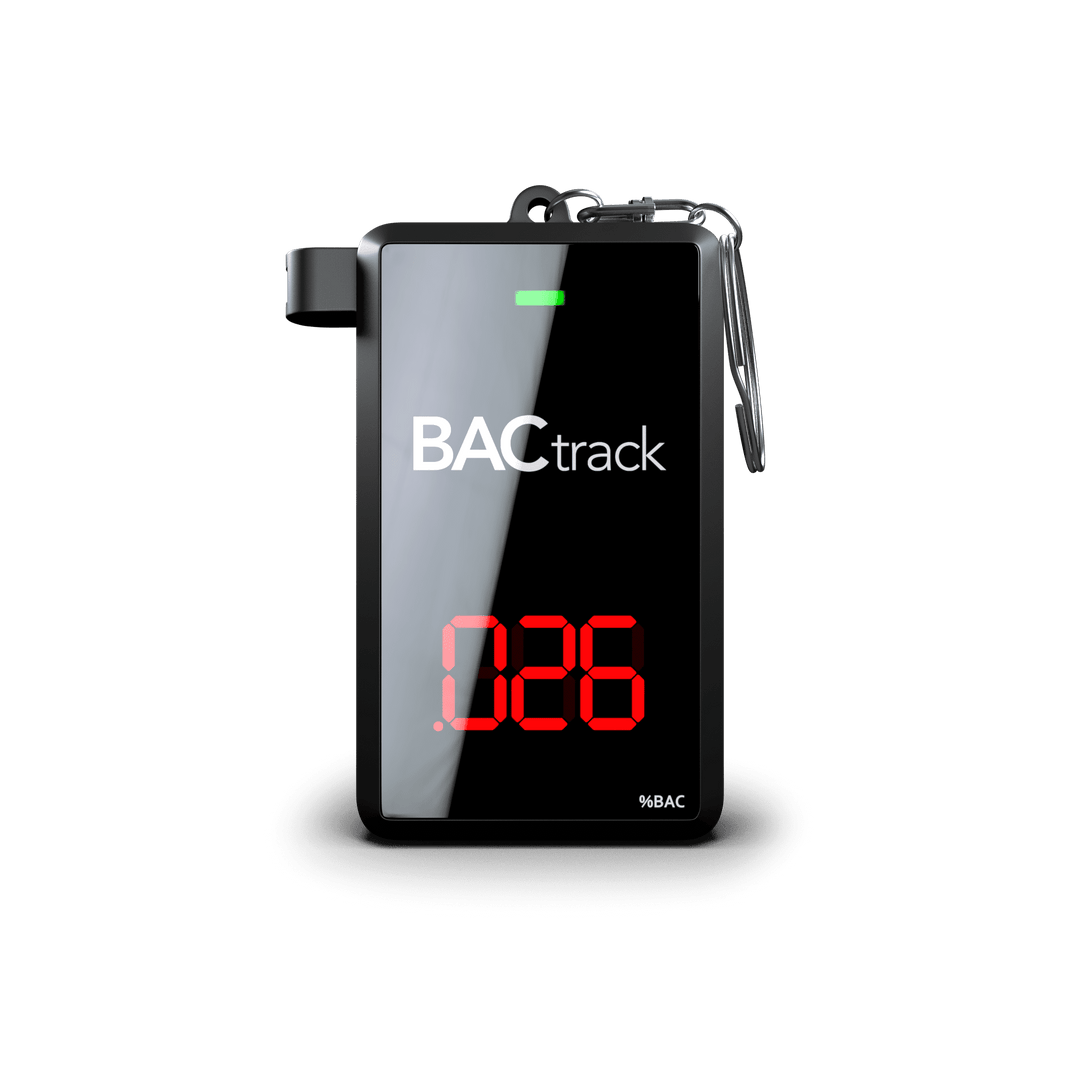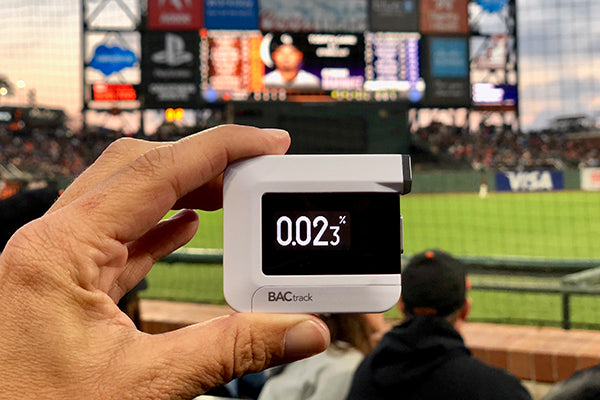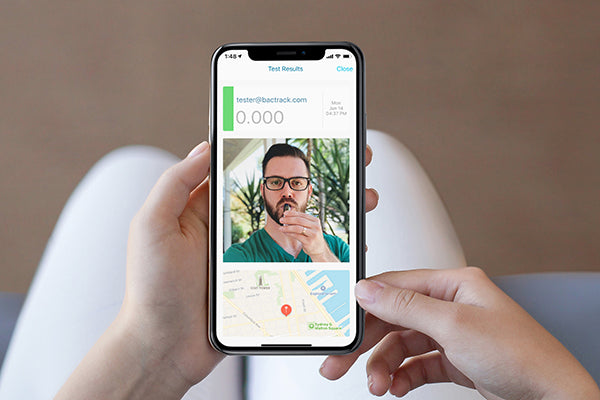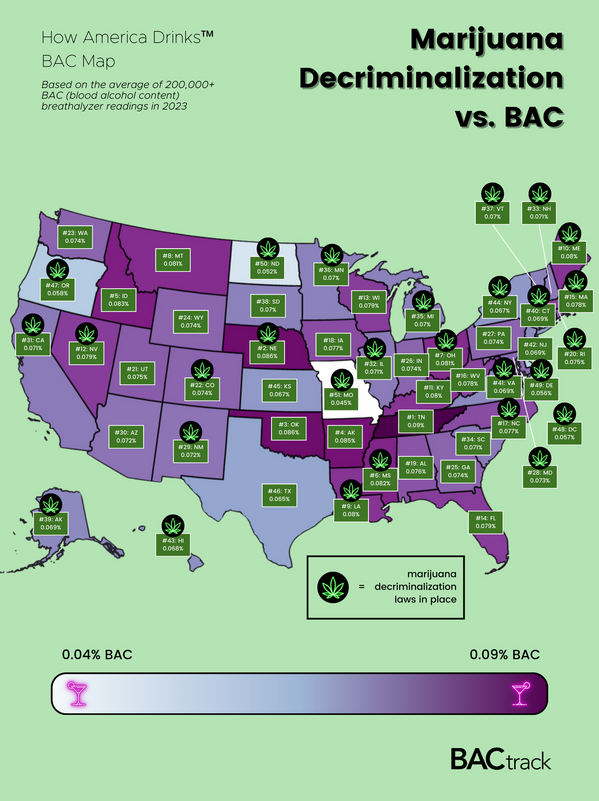
Some interesting arguments have been put forth recently on both sides of the National Transportation Safety Board's proposal to lower the DUI threshold to 0.05% BAC.
The New York Times recently published data concluding that lowering the threshold could potentially save hundreds of lives of drivers under 26, who statistically have the most fatal accidents with blood alcohol levels between 0.05-0.08%. Many others have come out in support of lowering the limit, concluding that tipsy driving is just as dangerous as drunk driving.
However, there is also a sizable contingent against the proposal. Gary Biller, president of the National Motorists Association, has urged that the proposal be struck down because it endangers the rights of drivers, potentially placing a scarlet letter on people without enough evidence of impairment. The editors of USA Today have concurred, saying that drivers with a BAC of 0.05-0.08% represent only 8% of all drivers involved in fatal accidents (70% of drunken-driving fatalities are caused by drivers with at least 0.15% BAC). Lowering the legal limit would turn a lot of responsible drinkers into criminals, and more importantly, "it probably wouldn't do much to reduce drunken driving deaths."
Notably unenthusiastic about the proposal is Mothers Against Drunk Driving (MADD), who were instrumental to lowering the DUI threshold from 0.10% to 0.08% during the Clinton administration. While they may be in support of lowering the limit, Jan Withers, President of MADD feels other steps could be taken to more effectively prevent drunk driving fatalities--such as expanding the use of ignition interlock systems, documenting locations where drunk drivers had their last drink, and increasing visible police presence and DUI checkpoints.
This surely won't be the last word we hear about this debate. Hearing valid arguments on both sides, we are very interested to hear how these issues will affect legislation in the future. Stay tuned!

